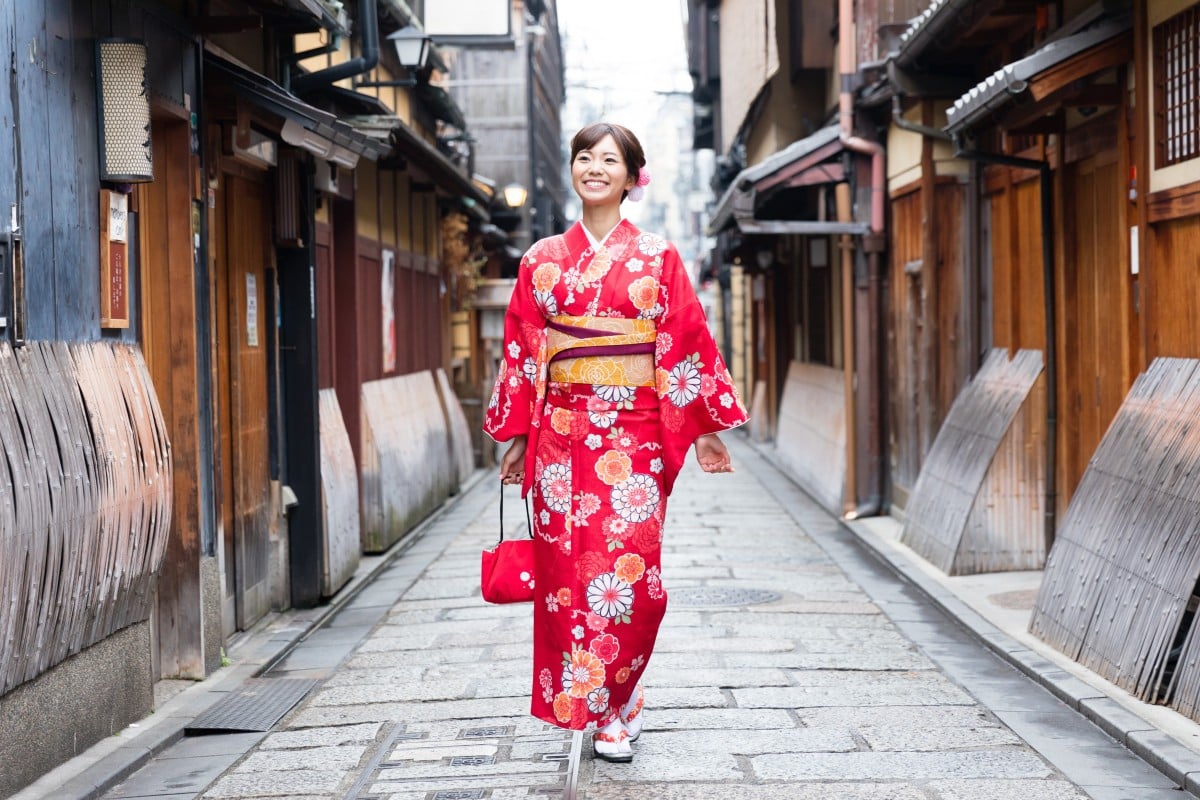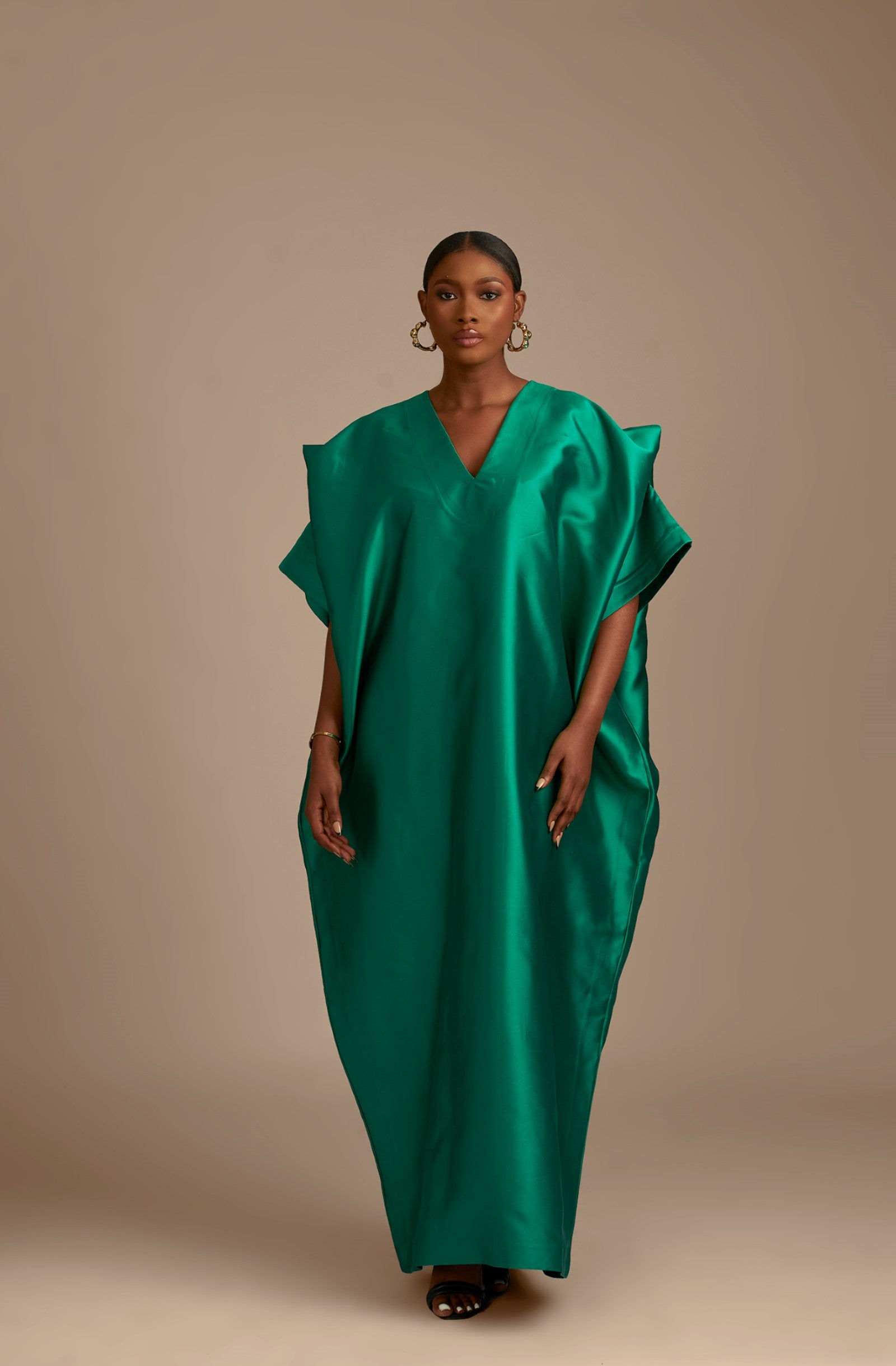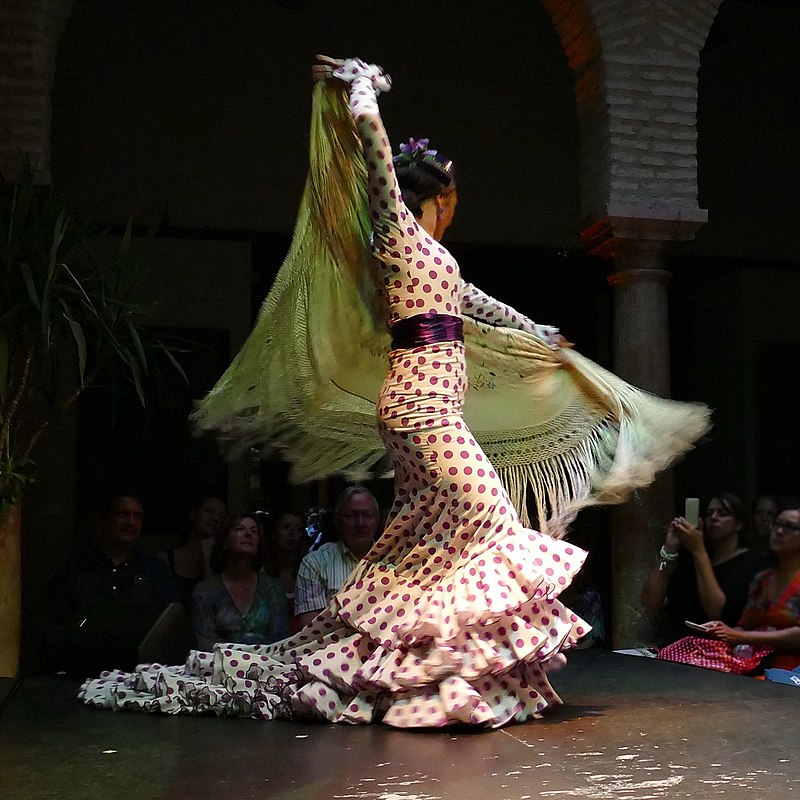Cultural Twists in Fashion
An Analytical Study of Traditional Women's Dresses Worldwide
Traditional women's dresses are central to the visual and symbolic lexicon of cultures across the globe. As living artifacts, these garments encapsulate histories, social hierarchies, and aesthetic philosophies, while their reinterpretation in contemporary fashion underscores ongoing dialogues between tradition and modernity. This article provides an analytical overview of iconic traditional women's dresses from major world regions, examining their origins, cultural significance, modern transformations, and recent high-profile appearances.
Table of Contents
Asia: Heritage and Reinvention
Kimono (Japan)

The kimono is a full-length, T-shaped robe with wide sleeves, traditionally made of silk and adorned with seasonal or symbolic motifs. Once daily attire, it is now reserved for formal occasions. The kimono's influence on global fashion is profound; for example, singer Billie Eilish wore a kimono-inspired ensemble at the 2021 Met Gala, highlighting its continued relevance in high fashion.
Hanbok (Korea)

The hanbok features a high-waisted skirt (chima) and a short jacket (jeogori), known for vibrant colors and flowing lines. It is worn during major holidays and weddings. Internationally, K-pop stars like BLACKPINK's Jisoo have worn modernized hanbok designs in music videos and public appearances, revitalizing interest among younger generations.
Cheongsam/Qipao (China)

The cheongsam, or qipao, is a high-necked, form-fitting dress with side slits and ornate embroidery. Originally a symbol of urban modernity in 1920s Shanghai, it is now a staple at Chinese weddings and national celebrations. Actress Fan Bingbing has worn the cheongsam at the Cannes Film Festival, showcasing its elegance on the global red carpet.
Africa: Distinctive Silhouettes and Cultural Assertion
Boubou (West Africa)

The boubou is a flowing, ankle-length dress, often richly embroidered, worn across West Africa. It signifies elegance and status, especially during ceremonies and festivals. Nigerian author Chimamanda Ngozi Adichie has worn the boubou at international literary events, drawing attention to its cultural significance.
Kente Dress (Ghana)

Kente dresses are crafted from handwoven silk and cotton, featuring geometric patterns and vibrant colors. Traditionally worn during significant life events, the kente dress has been embraced by the African diaspora. Actress Lupita Nyong'o wore a kente-inspired gown at the 2021 Met Gala, highlighting its global resonance.
Europe: Regional Identity and Festive Revival
Dirndl (Germany, Austria, Switzerland)

The dirndl consists of a fitted bodice, blouse, full skirt, and apron, originating from Alpine peasant dress. It is now synonymous with Oktoberfest and regional festivals. Supermodel Claudia Schiffer has been photographed in dirndls at public events, contributing to its modern revival.
Bunad (Norway)
The bunad is a richly embroidered dress, with each region of Norway having its own unique style. It is worn during national holidays and family ceremonies. Crown Princess Mette-Marit of Norway regularly appears in bunad at official celebrations, reinforcing its status as a national symbol.
Traje de Flamenca (Spain)

The traje de flamenca is a fitted dress with ruffled sleeves and a tiered skirt, worn during Andalusian festivals and flamenco performances. Spanish actress Penélope Cruz has donned the dress at film festivals and cultural events, cementing its association with Spanish identity.
Middle East: Modesty and Ornamentation
Kaftan (Morocco, North Africa)
The Moroccan kaftan is a long, flowing dress made from luxurious fabrics and often embellished with embroidery or beading. Traditionally worn at weddings and celebrations, the kaftan has gained international attention; model Imaan Hammam wore a Moroccan kaftan at the 2022 Met Gala, exemplifying its global appeal.
The Americas: Indigenous Heritage and Festive Display
Huipil (Mexico, Central America)
.jpg)
The huipil is a loose-fitting tunic dress, handwoven and embroidered with symbolic motifs. Worn by indigenous women for centuries, it remains a vital part of cultural identity. Mexican artist Frida Kahlo famously wore huipiles, and contemporary actress Yalitza Aparicio wore a modern huipil to the Oscars, spotlighting its enduring legacy.
Pollera (Panama, South America)

The pollera is a voluminous, elaborately embroidered dress, worn during festivals and national celebrations. It is considered Panama's national dress. Panamanian model Justine Pasek, Miss Universe 2002, wore the pollera in international pageants, showcasing its intricate craftsmanship.
Comparative Analysis: Iconic Traditional Women's Dresses
| Region | Dress Name | Key Features | Recent Celebrity/High-Profile Appearance |
|---|---|---|---|
| East Asia | Kimono | T-shaped robe, obi sash, silk, motifs | Billie Eilish, 2021 Met Gala |
| South Asia | Sari | Draped fabric, blouse, petticoat | Priyanka Chopra, Cannes Film Festival |
| East Asia | Hanbok | High-waisted skirt, short jacket | BLACKPINK's Jisoo, music videos |
| East Asia | Cheongsam/Qipao | Fitted dress, high collar, embroidery | Fan Bingbing, Cannes Film Festival |
| West Africa | Boubou | Flowing dress, embroidery | Chimamanda Ngozi Adichie, literary events |
| West Africa | Kente Dress | Handwoven, geometric patterns, vibrant colors | Lupita Nyong'o, 2021 Met Gala |
| Europe | Dirndl | Bodice, blouse, full skirt, apron | Claudia Schiffer, public events |
| Europe | Bunad | Embroidered dress, regional variations | Crown Princess Mette-Marit, national celebrations |
| Europe | Traje de Flamenca | Fitted, ruffled sleeves, tiered skirt | Penélope Cruz, film festivals |
| North Africa | Kaftan | Long, flowing, embroidered/beaded | Imaan Hammam, 2022 Met Gala |
| Central America | Huipil | Tunic dress, handwoven, embroidered | Yalitza Aparicio, Oscars |
| South America | Pollera | Voluminous, embroidered, multi-piece | Justine Pasek, Miss Universe |
Cultural Fashion Insight
Traditional women's dresses are dynamic instruments of cultural expression. Their adaptation in contemporary fashion demonstrates both resilience and flexibility. High-profile appearances by celebrities and public figures have elevated these garments, fostering renewed interest and reinterpretation. However, their global diffusion also raises questions regarding authenticity, appropriation, and the preservation of cultural meaning.
The kimono, sari, hanbok, and cheongsam exemplify how Asian dresses have influenced and been influenced by global fashion trends, often appearing on international runways and red carpets. African dresses such as the boubou and kente have become symbols of cultural pride and resistance, particularly in diaspora communities. European dresses like the dirndl and bunad are increasingly worn beyond their original festive contexts, while Latin American dresses such as the huipil and pollera are celebrated as emblems of indigenous and national identity.
Conclusion
Traditional women's dresses are not static relics but evolving embodiments of cultural memory, artistry, and identity. Their continued presence in both ceremonial life and global fashion underscores their enduring significance. As these garments are reimagined by designers, celebrities, and everyday wearers, they serve as vital links between past and present, local and global, tradition and innovation.
"Fashion is not just about clothing; it's about cultural storytelling, heritage preservation, and the beautiful evolution of human expression across time and geography."
